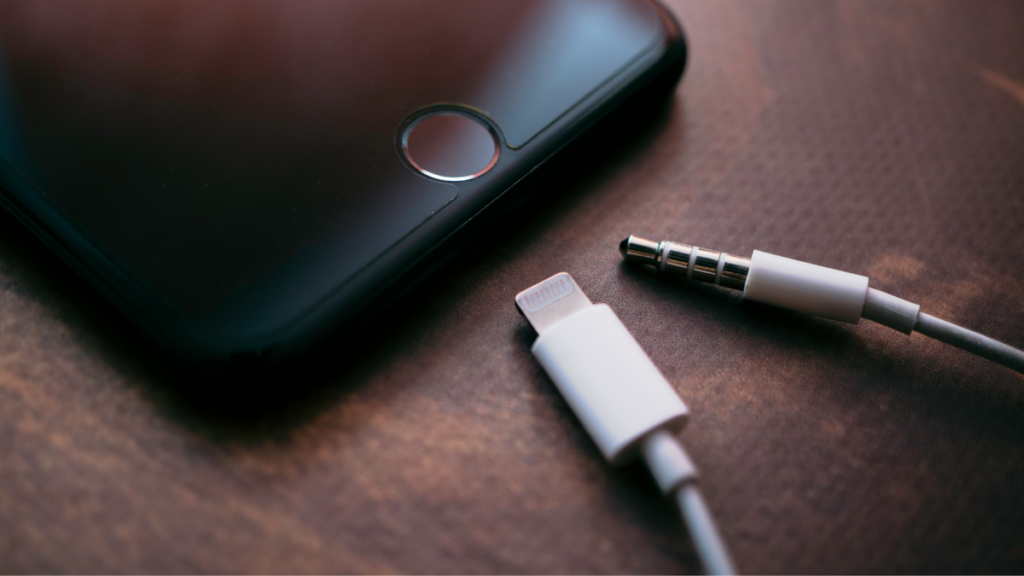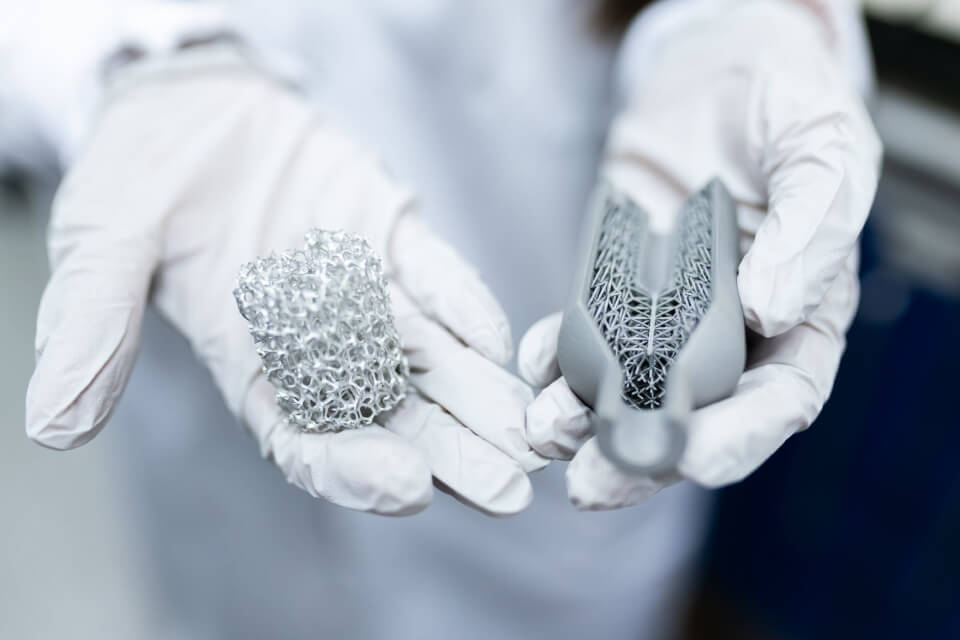We may earn a commission from links on this page.
Back in 2016, Apple decided it was time to dump the headphone jack. That year, the iPhone 7 and iPhone 7 Plus shipped without the 3.5mm port that was standard on virtually all consumer devices at that point. The company claimed it took “courage” to remove the headphone jack from such a major product line, but, as it happened, the decision coincided with the introduction of AirPods, Apple’s wireless earbuds. What better way to sell $159 headphones than to remove the port that you’d plug your existing headphones into?
Of course, Apple didn’t leave wired headphones user totally in the dust. The company also released its standard wired earbuds with a Lightning connector at the bottom, rather than a 3.5mm jack. For users who preferred their own wired earbuds or headphones to Apple’s, the company had another solution: the Lightning to 3.5mm adapter. Plug the adapter into your iPhone, and presto! The 3.5mm port is back. You just couldn’t charge your iPhone while listening to music anymore. Courage.
Many mocked Apple for all these odd decisions, but as is so often the case in tech, the rest of the industry followed suit. These days, it’s exceedingly difficult to find a new smartphone with the headphone jack. In fact, Apple has dropped the jack from its iPad lineup, as well. Many of us have moved on to wireless, while the rest of us begrudgingly deal with adapters.
Apple appears to be doing away with the Lightning to 3.5mm adapter
Those adapters, however, appear to be in jeopardy—at least, that’s what the tech headlines suggest. It seems that Apple is selling out of its Lightning to 3.5mm headphone jack adapter. When you visit its store page, it’s completely sold out for delivery, and unavailable for Apple Store Pickup just about everywhere. It’s not just this adapter, either: MacRumors reports that other Lightning adapters, like the Lightning to VGA adapter, are also disappearing. However, the USB-C to 3.5mm headphone jack adapter is widely available.
Like the transition away from the built-in headphone port, this move might seem like Apple is trying to get you to upgrade, one way or another. Perhaps it might feel like the company is forcing you to finally adopt wireless headphones, or to upgrade your iPhone altogether. But here’s the deal: If your current iPhone is still working fine, there’s no reason to upgrade anything at all. In fact, if you need a new adapter, you have options, even if Apple isn’t playing ball anymore.
The reality is, Apple isn’t making new iPhones with the Lightning port. Starting with the iPhone 15, the company made the switch to USB-C, which means it’s going to prioritize accessories for the new devices with that port, rather than existing devices with the old port. Fair enough. That said, the company still sells iPhones with the Lightning port in its stores: the iPhone 14 and the iPhone SE. It’s frustrating that they’d stop selling adapters for devices they’ll happily sell you. But, again, it’s no reason to buy a new pair of wireless headphones, or to choose the more expensive USB-C iPhone.
Lightning to 3.5mm adapters are everywhere
Just because Apple won’t sell you one of these adapters, doesn’t mean you’re SOL. A quick search on Amazon for “Lightning to 3.5mm” returns over 1,000 results—including Apple’s own adapter. As of this piece, it’s still in stock, albeit $16.94. That’s quite a bit more expensive than the original $9 price tag, but it’s still much cheaper than buying yourself a pair of AirPods, or a new iPhone, for that matter.
If Amazon runs out of stock, too, or if you’re looking for alternatives, you have your pick of the lot. Now, some of these are going to be better than others, but UGREEN seems to have a good Apple MFi-certified option for $14.99. If you hate not being able to charge your iPhone while listening to music with the adapter, this $29.74 option from Belkin lets you do both at the same time (as long as you don’t mind the added bulk here).


